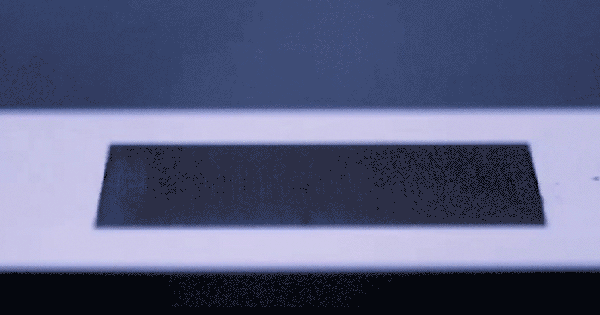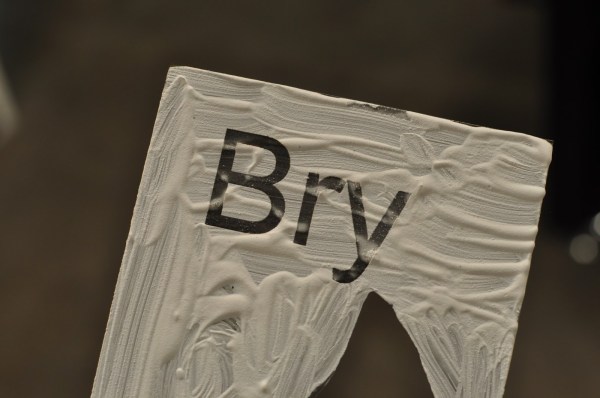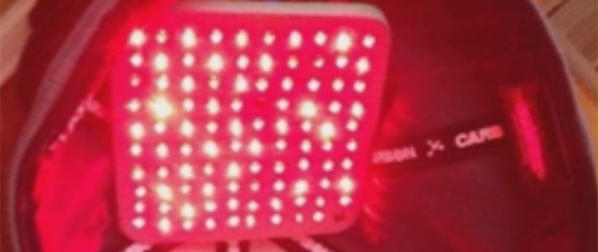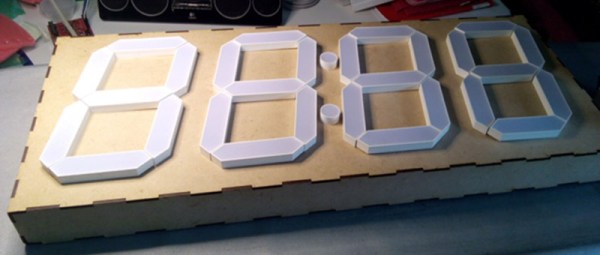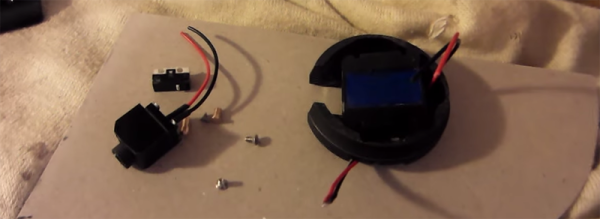Small and powerful laser diodes are getting cheaper and cheaper, and there are a few commercial products that give anyone the ability to cut paper and vinyl with a computer-controlled cutting machine. What happens when you combine the two? The beginnings of a hacked together laser engraver.
For this build, [Peter] is using a Silhouette Portrait, a desktop CNC cutting machine that’s usually used for vinyl decals and intricately cut paper crafts. This machine isn’t limited to mere decorative crafts – it’s been used for cutting PCB stencils and other pseudo-industrial tasks.
Because the Silhouette Portrait has an interface that allows just about any CAM software to control it, the only thing [Peter] needed to make for his experiments in laser engraving was a mount to hold the laser diode. Luckily, the laser had a similar form factor to the cutting blades for the machine, and a bit of tape held everything together.
Focusing the laser was done by unscrewing the lens, and with a bit of trial and error, [Peter] was able to make a few marks in the material of his choice. This isn’t a laser cutter, but with a little more work it will make a fantastic laser engraver.


